Introduction
Audience targeting plays a crucial role in digital advertising success. For e-commerce businesses, reaching the right people with the right message directly impacts Return on Ad Spend (ROAS). Two of the most effective audience strategies are Custom Audiences and Lookalike Audiences. While both offer distinct advantages, marketers often wonder which delivers better ROAS in 2025.
This guide breaks down their differences, performance trends, and practical strategies to help you make informed decisions for your online store.
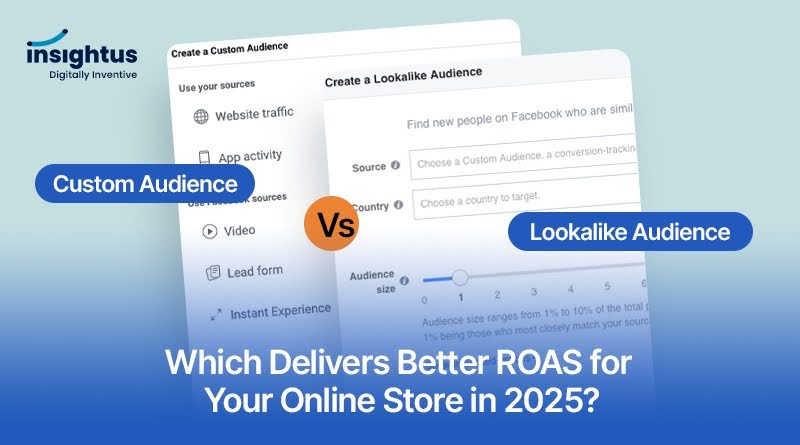
Understanding Custom and Lookalike Audiences
What is a Custom Audience?
A Custom Audience is a group of users who have already interacted with your brand. These audiences are created using first-party data such as:
- Website visitors
- Email subscribers
- Past customers
- Engaged social media users
- App users
Custom Audiences allow businesses to target high-intent users who are already familiar with their products or services. These audiences are especially useful for retargeting campaigns, increasing customer retention, and upselling.
Advantages of Custom Audiences:
- Higher engagement rates due to familiarity with the brand.
- Lower cost per conversion as warm leads require less persuasion.
- Ideal for retention marketing and upselling.
Challenges of Custom Audiences:
- Limited scalability since it relies on existing data.
- Requires continuous updates to remain relevant.
Real-Life Example: A popular online clothing store noticed a high cart abandonment rate. To recover lost sales, they created a Facebook Custom Audience targeting users who added products to their cart but didn’t complete the purchase. They ran retargeting ads offering a 10% discount, resulting in a 30% recovery of abandoned carts and a significant boost in ROAS.
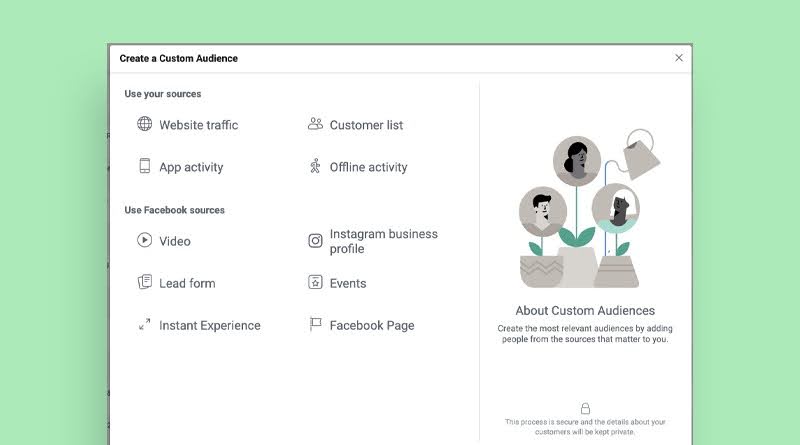
What is a Lookalike Audience?
A Lookalike Audience is a group of new potential customers who share similarities with an existing audience. Platforms like Facebook Ads and Google Ads analyze behavior, interests, and demographics to find users who are likely to convert.
Lookalike Audiences are ideal for expanding reach, acquiring new customers, and scaling ad campaigns. The effectiveness of these audiences depends on the quality of the seed data (i.e., the original audience used to create the Lookalike).
Advantages of Lookalike Audiences:
- Expands brand reach by targeting fresh prospects.
- Finds new customers with higher conversion potential.
- Optimizes top-of-funnel campaigns for customer acquisition.
Challenges of Lookalike Audiences:
- Lower conversion rates initially since users are unfamiliar with the brand.
- Requires high-quality seed data to generate effective matches.
- More expensive than Custom Audiences due to broader targeting.
Real-Life Example: A fitness brand wanted to acquire new customers. They created a Lookalike Audience based on their top 1,000 loyal customers. Their Facebook ads reached new users with similar interests, leading to a 20% increase in first-time purchases and an overall ROAS boost.
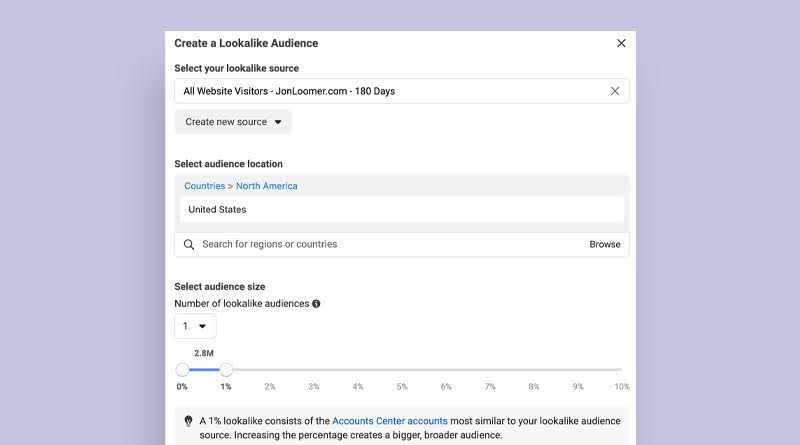
ROAS Comparison: Custom vs. Lookalike Audiences
Measuring ROAS for Each Audience
ROAS (Return on Ad Spend) = Revenue from Ads / Cost of Ads
A high ROAS means a campaign is generating more revenue than its cost. Measuring ROAS involves tracking key performance indicators such as:
- Conversion rates
- Cost per acquisition (CPA)
- Customer lifetime value (CLV)
Performance Analysis: Trends in 2025
Custom Audiences:
- Higher conversion rates because they target users already familiar with the brand.
- Work well for retargeting and re-engagement campaigns.
- Have a smaller reach, limiting scalability.
Lookalike Audiences:
- Help in reaching new potential customers.
- May have a lower conversion rate initially but can be optimized over time.
- Require high-quality seed data to generate the best results.
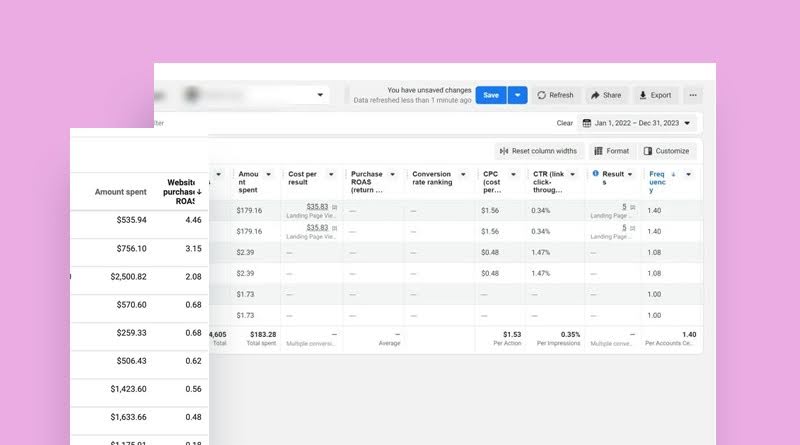
When to Use Custom Audiences vs. Lookalike Audiences
| Factor | Custom Audience | Lookalike Audience |
| Budget | Suitable for lower budgets | Works better with a larger budget |
| Ad Objective | Retargeting, loyalty campaigns | Expanding audience reach |
| Data Availability | Requires existing data (emails, visitors) | Works with seed data (e.g., high-value customers) |
| ROAS Potential | Higher for warm leads | Requires testing & optimization |
Practical Tips for Better ROAS in 2025
For Custom Audiences:
- Use high-intent segments such as past buyers and cart abandoners.
- Keep customer lists updated and remove inactive users.
- Personalize ads based on user behavior and preferences.
- Retarget recent website visitors with time-sensitive offers.
- Implement dynamic remarketing to show users the exact products they viewed.
For Lookalike Audiences:
- Use high-value customer data as the seed audience.
- Test different similarity percentages (1%, 3%, 5%) to find the right balance between reach and relevance.
- Exclude existing customers from Lookalike campaigns to target only new prospects.
- Adjust bidding strategies based on conversion trends for different Lookalike segments.
Real-Life Example: A beauty brand tested different Lookalike Audience sizes (1% vs. 5%). They found that a 3% similarity provided the best balance of cost and conversions. By creating separate Lookalike Audiences for high-spending customers and frequent buyers, they improved their ROAS by 25%.

General Optimization Tips:
- A/B Test: Run campaigns with both audience types to compare performance.
- Combine Strategies: Use Custom Audiences for retargeting and Lookalike Audiences for prospecting.
- Monitor Performance: Adjust campaigns based on conversion rates, CPA, and engagement metrics.
- Use Dynamic Ads: Deliver personalized content to Custom Audiences while testing broad messaging for Lookalike Audiences.
- Experiment with Ad Formats: Try carousel ads, video ads, and interactive experiences to improve engagement rates.
- Leverage Cross-Platform Data: Sync Facebook, Google, and other ad platforms to build more accurate audience segments.
- Optimize Ad Creatives: Use compelling visuals, strong CTAs, and A/B testing to improve ad performance.
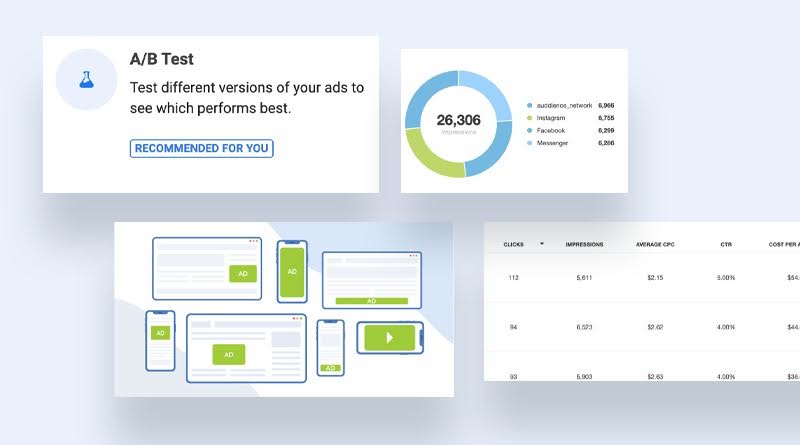
Conclusion
Both Custom and Lookalike Audiences play a significant role in maximizing ROAS for online stores. Custom Audiences excel in conversions and retention, while Lookalike Audiences help expand reach and acquire new customers.
For businesses aiming for the highest ROAS in 2025, a hybrid approach works best: leverage Custom Audiences for nurturing and retention while continuously testing Lookalike Audiences to reach fresh prospects. The key to success lies in continuous testing, segmentation, and optimization to maximize digital advertising performance.

